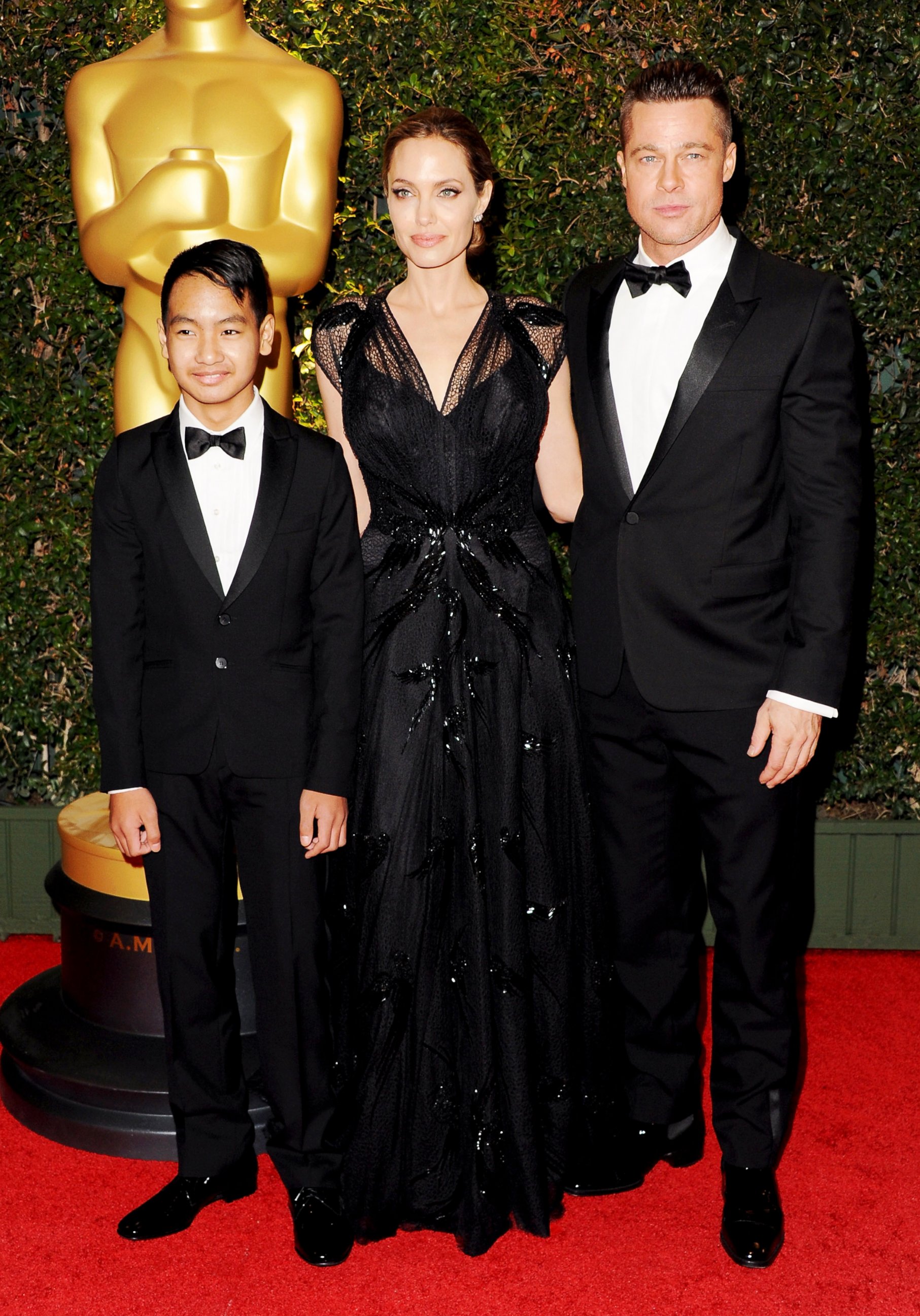Women Facing Same Choice as Angelina Jolie Talk Life-Changing Decision
Women at high risk for breast, ovary cancer grapple with preventative surgery.
— -- In a personal essay for the New York Times, Oscar-winning actress Angelina Jolie recounted the painful and life-changing choice to remove her ovaries and fallopian tubes in an effort to significantly lower her cancer risk.
It’s a choice many women at high risk for developing breast or ovarian cancer have faced out of the spotlight and in some cases women decide that immediate surgery is not right for them.
Lindsay Avner was just 22 when she tested positive for same genetic mutation on the BRCA1 gene that Angelina Jolie has. The gene mutation alone indicates a 55 to 65 percent chance of developing breast cancer and a 39 percent chance of developing ovarian cancer, according to the National Cancer Institute. When combined with a family history of the disease, the chances are even greater.
“I had convinced that I [would have] tested negative,” Avner said. “I felt like I had my father’s side…I was like I’m not going to have to deal with it. It was totally shocking and totally jarring.”
While nationally just 1.3 percent of women will be diagnosed with ovarian cancer and 1 in 8 women will have breast cancer, women with the BRCA gene mutation have a 45 to 65 percent chance of developing breast cancer and an 11 to 40 percent chance of developing ovarian cancer, depending on if it’s a BRCA1 or BRCA 2 mutation.
Avner said in 2006 she was faced with one clear option to protect herself. She could have her breasts and ovaries removed to nearly eliminate her related-cancer risk.
“Here I am at 22 years old and I feel like there’s a cloud of cancer following me,” said Avner.
At 23, Avner had a double mastectomy, but did not have the second surgery to remove her ovaries and Fallopian tubes, which would throw her into menopause. Avner said she and her doctors decided to wait until she was 35 to have the second surgery so she could have a chance to have children.

Avner said she tried to crowd out this medical timeline in her twenties but sometimes it was hard to ignore.
“In the back of your mind [there’s a] lurching feeling, ‘Hurry up get married, have children, get your ovaries out at 35,’” Avner, now 32, recalled. “That pressure it was undeniable.”
Eventually Avner froze her eggs to take the pressure off her relationships. Now 32, Avner is engaged and plans to start a family as soon as she’s married later this year.
“Yes, you want life to unfold [naturally],” said Avner. But “You have information you can’t ignore.”
Avner founded the Bright Pink non-profit organization that aims to educate young women at risk for breast and ovarian cancer so they can be proactive. Avner said she wants to help other young women facing the same situation she did.
Angela Smith, one woman who Avner worked with, said it took seven years for her to decide to go ahead with both the removal of her ovaries. Smith was 30, with a 7-year-old son, when she first tested positive for the BRCA1 gene in 2007.
After the test Smith said she didn’t feel ready to have surgery and instead opted for high level of medical screenings. Last year after a biopsy lead to an MRI and additional worry, Smith decided to go ahead with the operation.
“I kind of thought…‘what I am gaining keeping these body parts?’ It seemed like the natural decision at that point,” she said.
After the surgery to have her ovaries removed Smith said she felt a weight lifted off her shoulders.
"I didn’t realize how heavy it was,” she said. “I remember waking up and being under anesthesia [thinking] 'They did it, I’m going to be ok and I’m going to be here to see my son grow up.'"
Both Smith and Avner hope that Jolie’s essay will encourage women to be proactive about reducing cancer risks and Avner thinks the essay could save hundreds to thousands of lives. Avner said women, like herself, who are at a high risk for cancers need to educate themselves so they can grapple with tough questions about their future.
“Ninety percent of the time I feel strong and empowered and 10 percent I feel ‘My gosh isn’t this a lot?’” said Avner.




